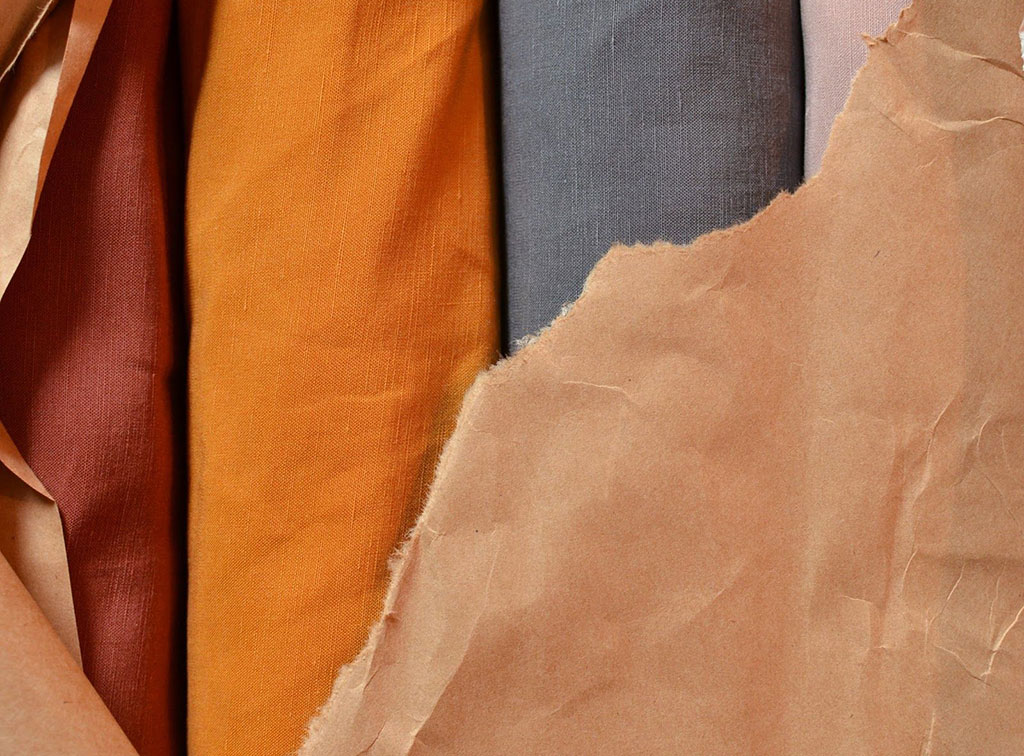In the world of textiles, two prominent materials have gained significant attention for their unique properties and applications: Lycra and Modal. While both are widely used in the fashion industry, they possess distinct characteristics that set them apart. In this blog post, we will delve into the intricacies of Lycra and Modal, exploring their differences, benefits, and applications.
- Understanding Lycra:
Lycra, also known as spandex or elastane, is a synthetic fiber renowned for its exceptional stretch and recovery properties. Developed in the late 1950s, Lycra revolutionized the textile industry by providing unparalleled elasticity and comfort. Its molecular structure allows it to stretch up to 600% without losing shape, making it an ideal choice for form-fitting garments, sportswear, and swimwear. Lycra's ability to retain its shape even after repeated use and washing ensures long-lasting durability. - Unveiling Modal:
Modal, on the other hand, is a semi-synthetic fiber derived from beech tree pulp. Known for its luxurious softness and breathability, Modal has gained popularity as a sustainable alternative to cotton. Modal fibers are exceptionally smooth, providing a silky texture that drapes beautifully. Its moisture-wicking properties make it an excellent choice for activewear and undergarments. Additionally, Modal's resistance to shrinkage and pilling ensures that garments maintain their pristine appearance even after multiple washes. - Performance Comparison:
When it comes to performance, Lycra and Modal offer distinct advantages. Lycra's exceptional stretch and recovery properties make it ideal for garments that require a high degree of elasticity, such as compression wear, yoga pants, and athletic apparel. On the other hand, Modal's natural breathability and moisture-wicking capabilities make it perfect for activewear, sleepwear, and intimate apparel. Modal's ability to regulate body temperature and keep the skin dry sets it apart in terms of comfort. - Sustainability and Environmental Impact:
In recent years, sustainability has become a crucial consideration in the textile industry. Lycra, being a synthetic fiber, is derived from petrochemicals and has a higher environmental impact compared to Modal. Modal, being a semi-synthetic fiber made from renewable resources, boasts a lower carbon footprint and requires less water and energy during production. As consumers increasingly prioritize eco-friendly options, Modal's sustainable attributes make it an attractive choice.
Conclusion:
In summary, Lycra and Modal are two remarkable materials with distinct characteristics and applications. Lycra's exceptional stretch and recovery properties make it a go-to choice for form-fitting garments, while Modal's luxurious softness and breathability make it perfect for activewear and undergarments. Understanding the differences between these materials allows designers, manufacturers, and consumers to make informed choices based on their specific needs and preferences. Whether it's performance-driven sportswear or sustainable fashion, Lycra and Modal offer unique solutions that cater to diverse requirements.


More Stories
High-Performance Seawater-Resistant PU Leather with V0 Flame-Retardant Protection for Modern Marine and Outdoor Applications
How to Style Chunky Shoes for Every Occasion
Inside Zhonghui’s Knitwear Factory: How We Create Premium Warm Hooded Sweatshirts